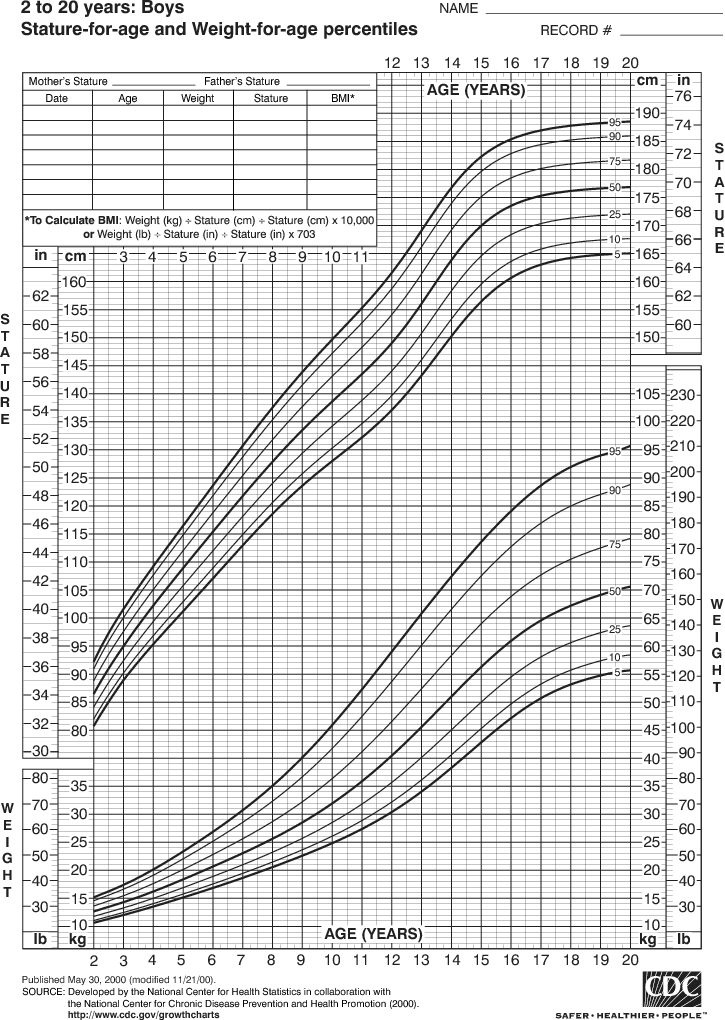Measuring Obesity Related Risks in Kids
Friday, May 4, 2012 While there is no doubt that today’s kids on average are heavier than ever before, the question of how best to measure obesity in kids, and perhaps even more importantly, how to best determine the health impacts of excess weight remains unresolved.
While there is no doubt that today’s kids on average are heavier than ever before, the question of how best to measure obesity in kids, and perhaps even more importantly, how to best determine the health impacts of excess weight remains unresolved.
As in adults, population studies generally use anthropometric measures such as growth curves or body mass index, but these measure, as in adults, are rarely that useful when it comes to determining the individual risks (if any) associated with excess weight.
Nevertheless, such measures, that apply to populations, although not diagnostic, may well be useful in identifying individuals who may warrant closer examination and follow-up.
A paper by Lisa Kakinami and colleagues from McGill University, Monteal, published in the Canadian Medical Association Journal, now examines the relationship between different growth curve definitions of excess weight and cardiometabolic risk factors in kids.
Specifically, the authors compare the two widely used reference standards, the Centers for Disease Control and Prevention (CDC) and the World Health Organization (WHO) growth curves, which have different definitions of overweight and obesity, in a representative population of 2466 boys and girls aged 9, 13 and 16 years in Quebec.
Despite different definitions of overweight and obesity, both the WHO and CDC growth curves generated virtually identical receiver operating characteristic (ROC) curves for individual or combined cardiometabolic risk factors. Small differences in specificity and sensitivity for detecting risk between the two approaches were deemed negligible.
Thus, the researcher conclude that:
“The WHO growth curves show no significant discriminatory advantage over the CDC growth curves in detecting cardiometabolic abnormalities in children aged 9-16 years.”
This of course, still leaves us with the problem of having to make clinical decisions about individuals. This is where the reported higher sensitivities (by 0.6%-8.6%) and lower specificities (by 2.6%-4.2%) of the WHO curves vs. CDC curves, still means that clinicians have to look at each kid individually to decide the appropriate course of intervention.
It is therefore perhaps of interest to note that the paediatric obesity working group within the Canadian Obesity Network (TROPIC) is currently working on adapting the adult Edmonton Obesity Staging System (EOSS) for use in kids and adolescents.
AMS
Leipzig, Germany
![]() Kakinami L, Henderson M, Delvin EE, Levy E, O’Loughlin J, Lambert M, & Paradis G (2012). Association between different growth curve definitions of overweight and obesity and cardiometabolic risk in children. CMAJ : Canadian Medical Association journal = journal de l’Association medicale canadienne PMID: 22546882
Kakinami L, Henderson M, Delvin EE, Levy E, O’Loughlin J, Lambert M, & Paradis G (2012). Association between different growth curve definitions of overweight and obesity and cardiometabolic risk in children. CMAJ : Canadian Medical Association journal = journal de l’Association medicale canadienne PMID: 22546882
.


